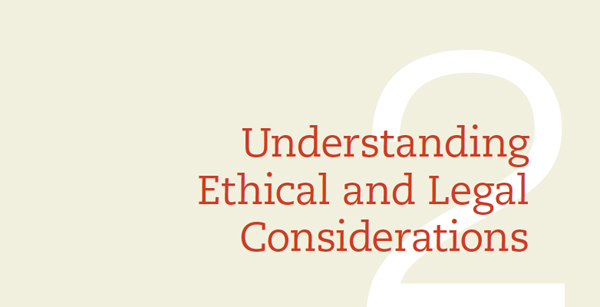2 Understanding Ethical and Legal Considerations
Printed Page 17-18

LEARNINGCURVE: Understanding the Technical Communication Environment and 
Ethical and legal issues are all around you in your work life. If you look at the website of any bike manufacturer, for example, you will see that bicyclists are always shown wearing helmets. Is this because bike manufacturers care about safety? Certainly. But bike makers also care about product liability. If a company website showed cyclists without helmets, an injured cyclist might sue, claiming that the company was suggesting it is safe to ride without a helmet.
Ethical and legal pitfalls lurk in the words and graphics of many kinds of formal documents. In producing a proposal, you might be tempted to exaggerate or lie about your organization’s past accomplishments, pad the résumés of the project personnel, list as project personnel some workers who will not be contributing to the project, or present an unrealistically short work schedule. In drafting product information, you might feel pressured to exaggerate the quality of the products shown in catalogs or manuals or to downplay the hazards of using those products. In creating graphics, you might be asked to hide an item’s weaknesses by manipulating a photo of a product.
One thing is certain: there are many serious ethical and legal issues related to technical communication, and all professionals need a basic understanding of them.